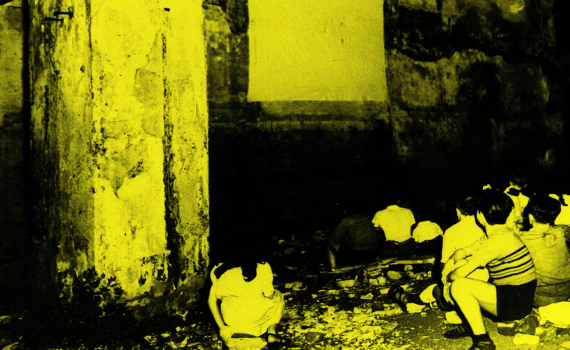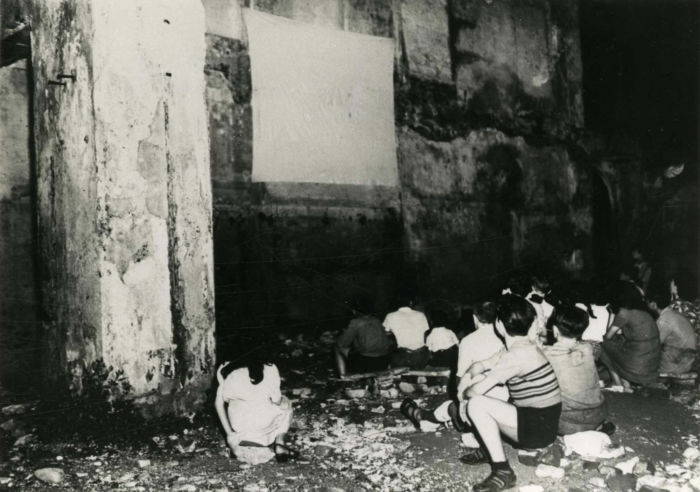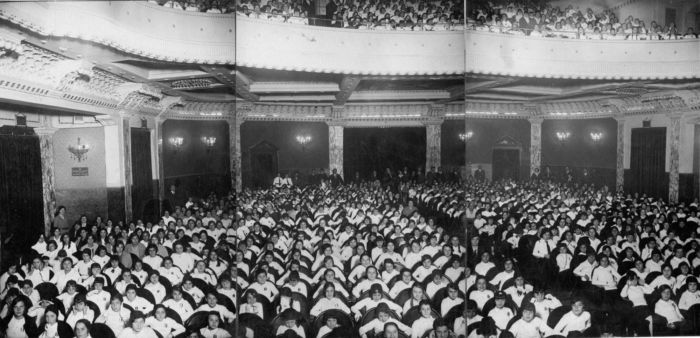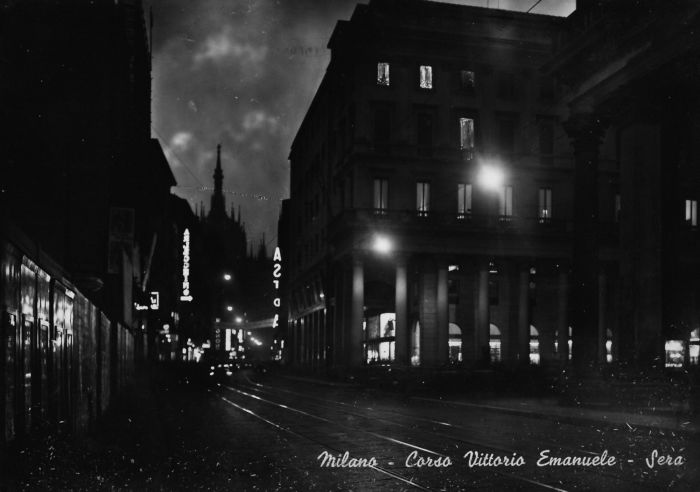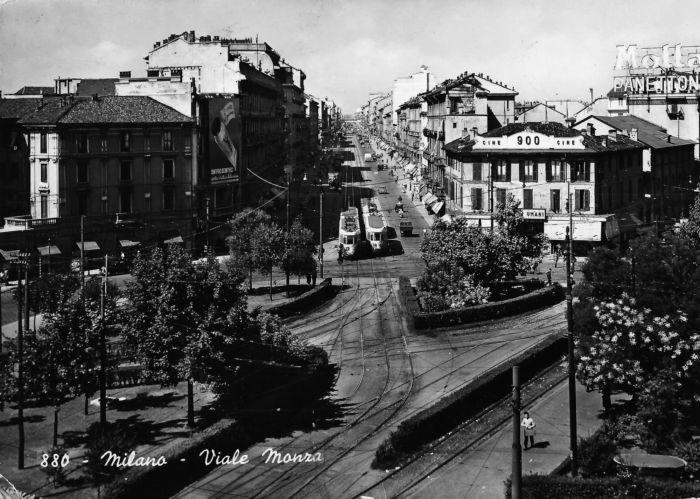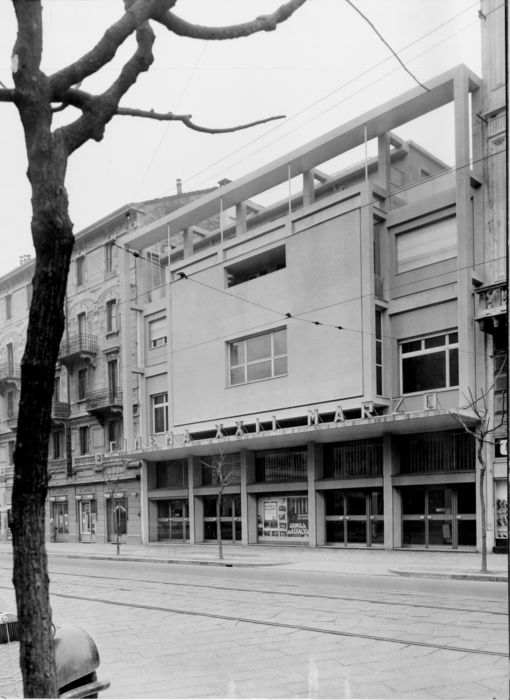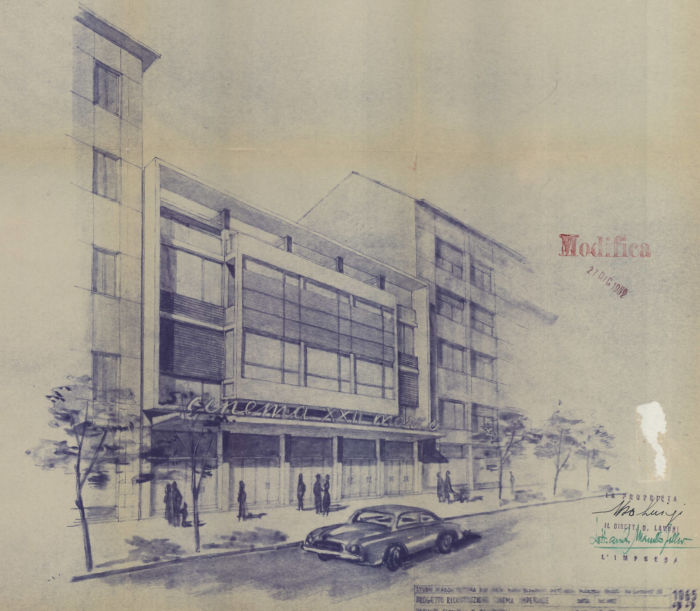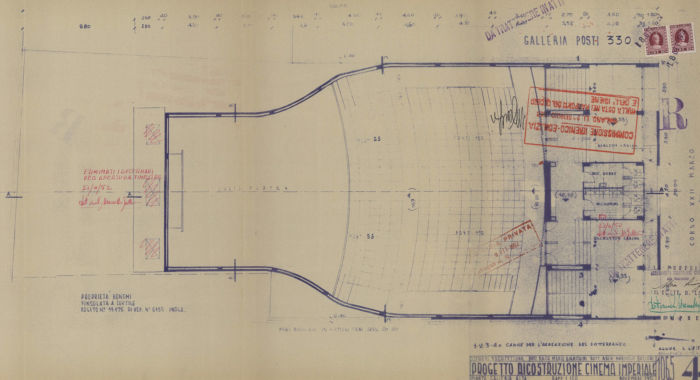Eleonora Roaro, “CineMi”
Two self-produced volumes | 2018
Conducted using archives and first-hand sources, “CineMi” investigates the memories of Milano cinema theatre active from 1896 to 1955, with a focus on spectatorship, architecture, and urbanism.
The research, according to the New Cinema History framework, investigates how movie theatres influence and determine the experience of the audience, which is always determined by the context: in line with Vivian Sobchack’s notion of embodiment, the spectator is neither ideal nor absolute, but bonded to his physicality. During the twentieth century, cinemas in Milano were widespread, built ex-novo or readapted from previous buildings, and constituted a tangible presence in the urban fabric, especially in the periphery where they represented one of the few places of social gathering and cultural promotion. In fact, Milano, apart from a few exceptions, has completely removed the memory of former cinemas: the buildings have been destroyed or redeveloped.
The archives consulted for this project are Cittadella degli Archivi, Archivio del Corriere della Sera, Archivio del Lavoro, Archivio Fiera Milano, Archivio Fotografico a2a, Civico Archivio Fotografico, Raccolta Stampe Bertarelli, and Cineteca Italiana. Particularly important is the Cittadella degli Archivi archive, which preserves documents such as notary acts, blueprints, and photos. The Civico Archivio Fotografico provides documents from the very beginning of the twentieth century, whereas the Raccolta Bertarelli is a collection of posters, tickets and flyers. The Corriere della Sera archive supplies important data, particularly about the attendance at screenings. The tree books by Mario Cavallé “Tecnica delle costruzioni di cinema e teatri” published in 1951 e 1954 and Antonio Cassi Rametti “Edifici per spettacoli” (1945) provide an insight into movie theatre architecture, pointing out how the new technological innovations met the audience’s new needs. In addition, people have been interviewed in order to collect memories of those places and to reconstruct a more emotional and personal experience of movie-going.
For the pdf please send me an email.
